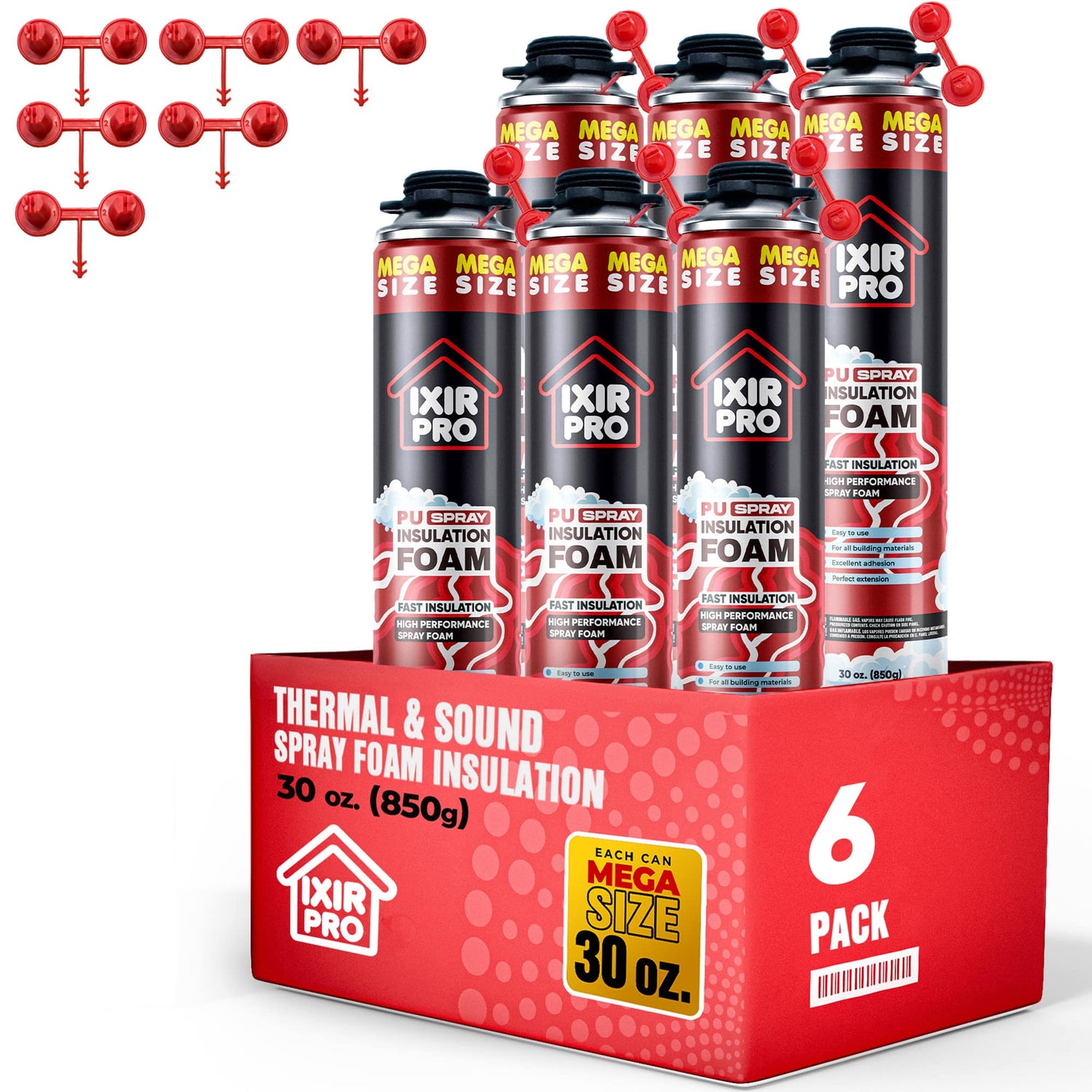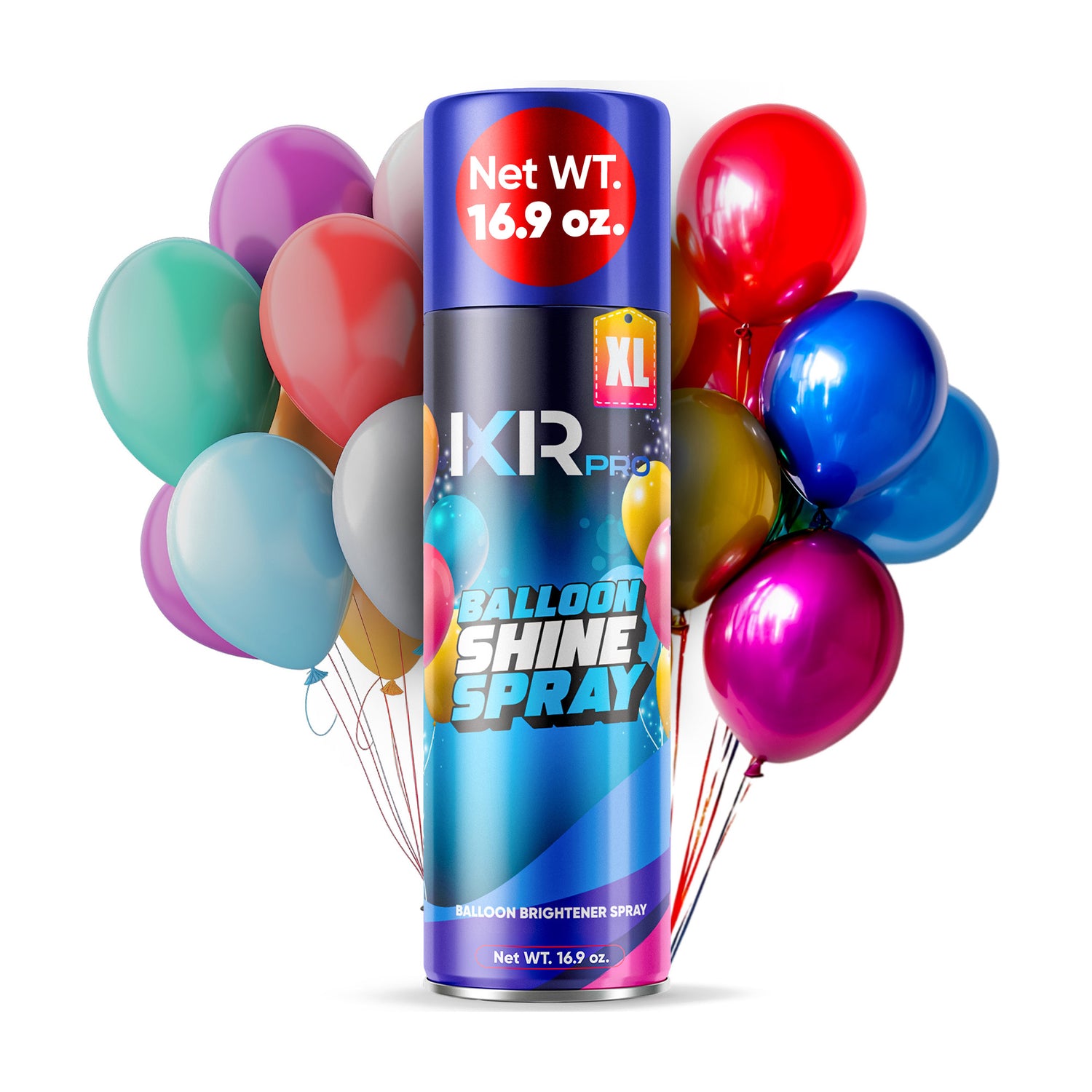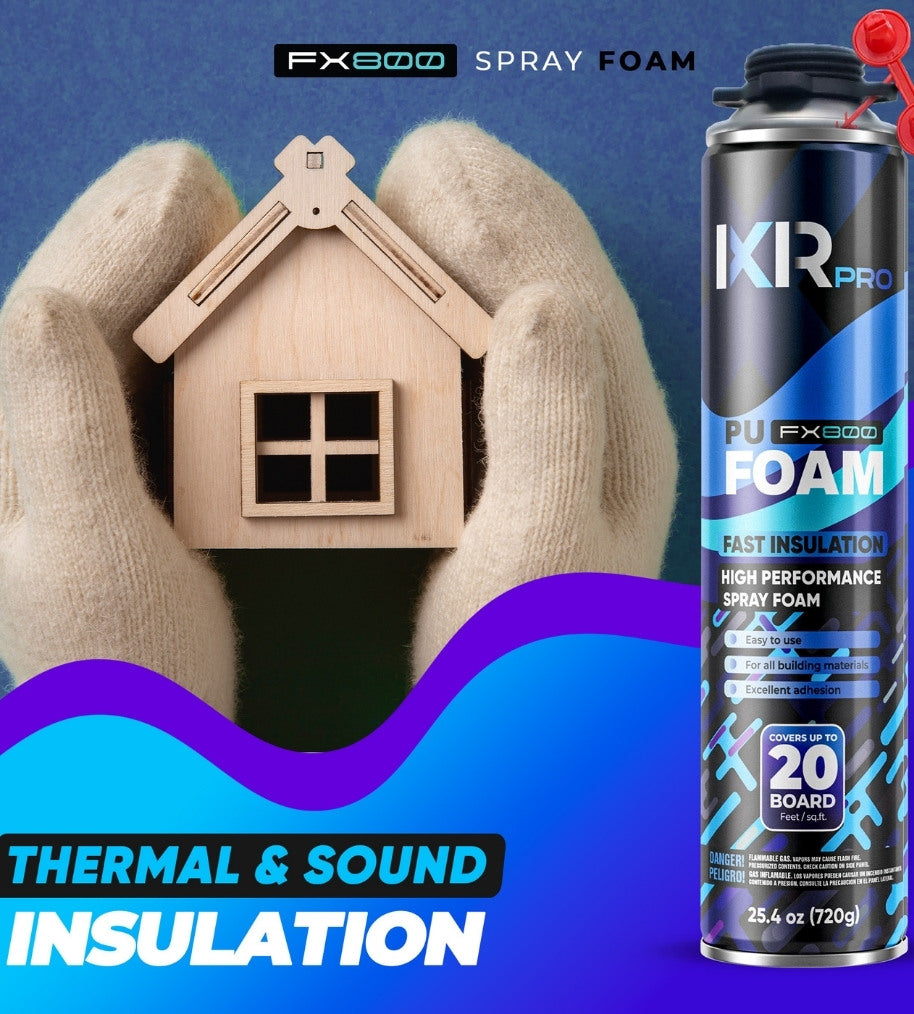As homeowners and businesses strive to reduce energy consumption and cut costs, spray foam insulation has become one of the most popular solutions. Not only does it provide exceptional insulation, but it can also offer significant tax benefits when applied correctly. In this blog, we’ll explore how spray foam insulation, including open cell foam, can improve your home or business while saving you money on both energy bills and taxes.
What is Spray Foam Insulation?
Spray foam insulation is a type of insulation that is applied as a liquid and then expands to fill gaps and cracks in walls, ceilings, and floors. There are two primary types of spray foam insulation:
- Open Cell Foam: This type of foam is softer and more flexible. It is ideal for soundproofing and preventing air infiltration.
- Closed Cell Foam: A denser form of spray foam that provides higher R-values and acts as a vapor barrier, making it ideal for areas prone to moisture.
Both types provide excellent energy efficiency by creating an airtight seal that reduces heat loss in winter and keeps your home cool in the summer.
Spray Foam Insulation and Tax Benefits: What You Need to Know
If you’re considering insulation spray foam for your home or business, you may be able to benefit from federal, state, and local tax incentives. The U.S. government and many state programs offer tax credits for energy-efficient home improvements, which can include the installation of spray foam insulation.
Federal Tax Credit for Insulation and Spray Foam
Under the Residential Energy Efficiency Tax Credit, homeowners who install spray foam insulation are eligible for a 30% tax credit on the cost of the materials and installation. This tax credit applies to improvements that meet the Energy Star standards, ensuring your insulation foam products qualify for the credit.
In addition to the federal tax credit, state governments often offer incentives for energy-efficient upgrades. In many cases, installing open cell foam or closed cell foam can help you save on both your energy bills and your taxes.
Why Choose Spray Foam Insulation?
There are several reasons why spray foam is the top choice for homeowners looking to improve energy efficiency:
- Energy Efficiency: Spray foam creates an airtight seal, preventing drafts and reducing heating and cooling costs.
- Soundproofing: Open cell foam is ideal for soundproofing, making it a great option for bedrooms, home theaters, or offices.
- Moisture Resistance: Closed cell foam is highly resistant to moisture, making it perfect for damp areas like basements or crawlspaces.
- Environmental Benefits: By improving your home’s energy efficiency, you contribute to a greener environment by reducing energy consumption.
- Increased Property Value: Installing insulation spray foam increases the value of your property, making it more appealing to potential buyers.
How to Apply for Tax Credits for Spray Foam Insulation
To qualify for the tax credits for spray foam insulation, follow these steps:
- Ensure Your Products Meet Energy Star Standards: Make sure your spray foam insulation is Energy Star-certified.
- Keep Your Receipts: Document the cost of your insulation spray foam purchase and installation.
- File for Tax Credit: When filing your taxes, use IRS Form 5695 to claim your energy-efficient home improvement tax credit.
- Check State-Specific Programs: Explore local incentives, as some states offer additional credits or rebates for insulation upgrades.
By following these simple steps, you can take full advantage of tax incentives while making your home more energy-efficient.
FAQs about Spray Foam Insulation and Tax Benefits
1. What is the difference between open cell foam and closed cell foam?
Open cell foam is softer and ideal for soundproofing, while closed cell foam is denser, providing higher insulation values and moisture resistance.
2. Can I use spray foam insulation for my entire home?
Yes, spray foam insulation can be used in walls, attics, basements, and crawlspaces, making it a versatile choice for whole-house insulation.
3. How much can I save on energy bills with spray foam insulation?
Spray foam can reduce your energy bills by up to 50% depending on the size of your home and the existing insulation.
4. How do I claim the tax credit for spray foam insulation?
To claim the tax credit, ensure your insulation meets Energy Star standards, keep your purchase receipts, and file IRS Form 5695.
5. Are there any local rebates for spray foam insulation?
Many states and local utilities offer rebates or incentives for energy-efficient home improvements. Check your local government’s website for more information.
Conclusion
Investing in spray foam insulation for your home or business is not only an effective way to improve energy efficiency, but it can also provide significant financial benefits through tax credits and long-term savings. Whether you choose open cell foam for soundproofing or closed cell foam for moisture protection, the benefits of spray foam insulation are clear. Don’t miss out on the opportunity to save on your taxes while making your home more comfortable and environmentally friendly.
Ready to upgrade your insulation? Explore our selection of ixirPro Spray Foam products and start saving today!




















































































